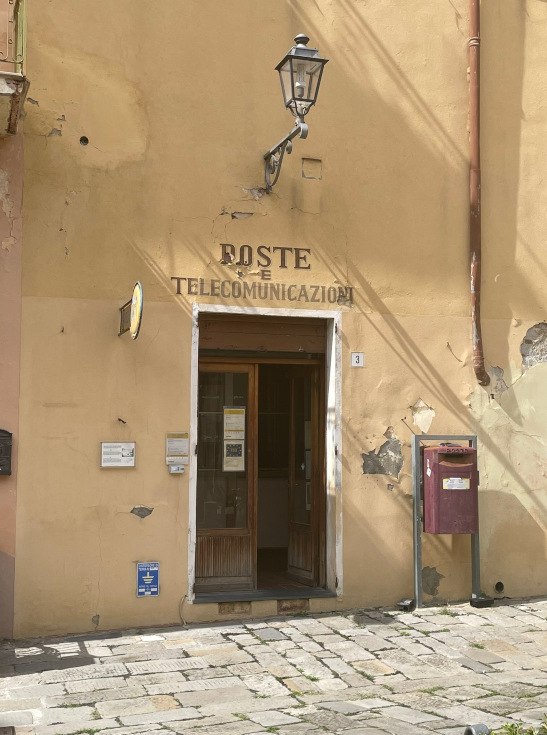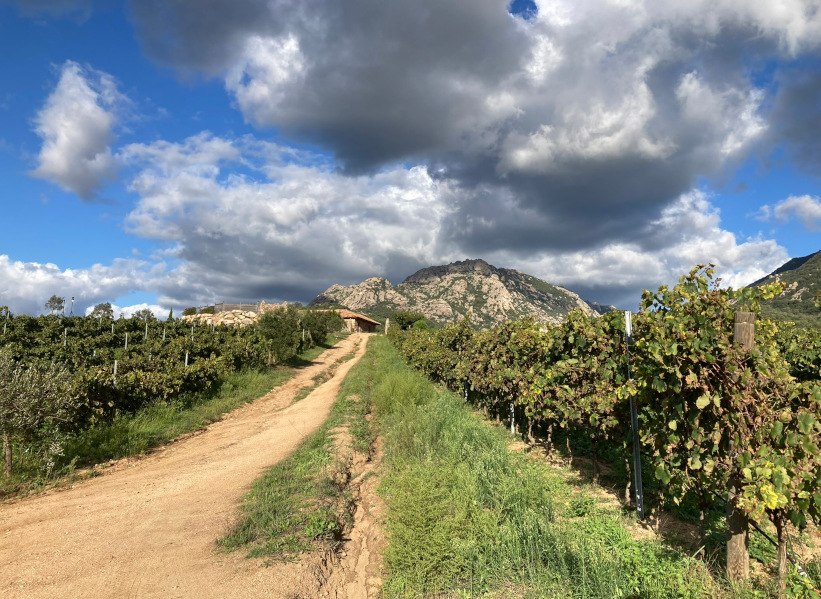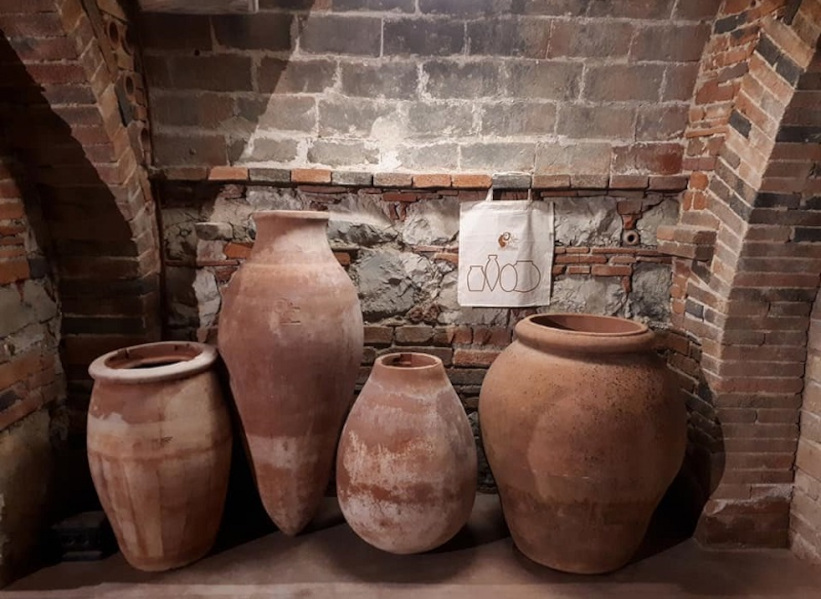Cantine Ficomontanino
Maria Sole Giannelli

ONDER TOSCAANSE ZON
Alvorens Ficomontanino in Chiusi, Zuid-Toscane op grens Umbria en Lazio van (groot)ouders over te nemen, studeert Maria-Sole Giannelli aan Universiteit van Slow Food ‘gastronomie en landbouw’. Terug in geboortedorp, nu zelf tussen de ranken besluit ze de permacultuur van Japanse landbouwfilosoof Fukuoka in praktijk te brengen.
Lumineuze energie
De bodem is rijk aan fijn zand en silex, met biodynamie goed in wijnen tot expressie te brengen, ze hebben dan ook krokante fraîcheur en lumineuze energie. Een toekomstige ster, talent Maria-Sole en nu al het zonnetje in huis… . 2022 Bianco Toscana ‘Zacinta Revi’ ongefilterd wit (trebbiano, grechetto, canaiolo bianco, sauvignon blanc, 48 uur schilinweking) gemaaid gras, anijs, grapefruit, zonnig zachte, subtiel minerale smaak, kruiderij, érg fraai. 2020 Rosso Toscana ‘Bulgarelli’ elegant, monter zwart fruit, indringend, gevuld zonder zwaarte, voor (gauw gronderige) sangiovese een ongeëvenaarde helderheid.

Maria-Sole:
We’re located in Chiusi, a town in the province of Siena, on the border between Umbria and Lazio. From an administrative point of view we are in Tuscany, but we really are in a borderland that is highly inspired by the winemaking tradition of Umbria and Lazio, both for the varieties that are grown here, and for the agricultural methods employed.
From my vineyards (approx. 11 hectares) you can see Lake Trasimeno (Umbria), but also the Siena hills, the Chiana Valley (both in Tuscany) and the mountains of northern Lazio.
This mix of these influences is also clear with regards to the varieties I’ve chosen to grow, mostly Sangiovese, but also Procanico, Verdello (white), Ciliegiolo.
My grandfather started planting vines more than forty years ago on a hill rich in sand and clay that dominates the valley, with great respect for the different crus that are naturally outlined by the slopes.
I took over the winery about 10 years ago, after my degree in Gastronomic Sciences at the Slow Food University. I began exploring some natural farming methods on the vineyard and the olive groves, and with time I found myself comfortable with Fukuoka’s approach (minimum intervention, natural grass around the plants) and with Biodynamics (especially for the way plants react to the preparations). At the winery I also farm cereals and breed horses.
The vineyards and the olive groves are on two hills that are mostly sandy, and this is one of the features that distinguishes this terroir compared to the rest of Tuscany. This was an area covered by the sea for million of years where there are many salt deposits. These soil features bring elegance rather than power to my wines, particularly for Sangiovese that represents 80% of my production. The vineyards are historically divided into several crus, that I vinify separately and (the wines will be released next year): Vigna Grande, Sotto Vigna Grande, Poggio delle Ficaie, Terrazze, Sotto Bosco, Sotto Stalle, Raccordo argilla, Prato alto, Prato basso, Melogranino Alto, Melogranino Centrale, Melogranino basso.
Over the years I managed to use less copper and sulphur to protect the plants from diseases, preferring resistance activators and stimulating the plants by pruning on the roots, selecting natural herbs that better adapt to the vines and biodynamic preparations.
Every cru ferments naturally, I only add a bit of sulphur on the grapes to avoid any microbiological chaos that could interfere with the elegance of my wines. I mainly use steel and concrete for each parcel and just recently I’ve introduced clay amphoras and wood for the fermentations. I “clean” the wines by natural deposit, without filtration. In spite of the artisanal nature of my work I like to be precise, substituting the lack of technology with great care in each gesture I do.
After the fermentations some crus are assembled together to make Bulgarelli, my every day red, 100% sangiovese that ages in concrete and steel. Some crus continue their path on their own, for my single vineyard bottlings. This applies to Sangiovese, that I also vinify in a rosé version, with selected grapes, fermented and aged in steel, with which I make my everyday rosé Noble Kara.
I also have a small parcel with Sauvignon Blanc, that in this area acquires a savory character, going beyond the classic nature of Sauvignon and becoming a true terroir wine, where I select grapes that I directly press for my everyday white Zacinta Revi, that is completed with some Trebbiano and Grechetto that I source from I vineyard that I rent.
My love for the Umbrian viticultural tradition led me to plant Ciliegiolo and Verdello, with which I’ll make wines that will be available with 2 dedicated labels, available soon.
Next to these varieties there’s also some French tradition: besides the classic Bordeaux varieties I also grow Mondeuse, a grape from Savoy, that I love for the tannic richness that it reaches here, and lastly, Rebo a variety from Trentino.
Over the years I use less oak ageing: I have barriques and large barrels but not all the wines need it, and most of all they don’t need it for much time. For my crus as well, I find that clay amphora and concrete give a nice evolution to the wines, absolutely territorial and corresponding to my idea of elegance.









